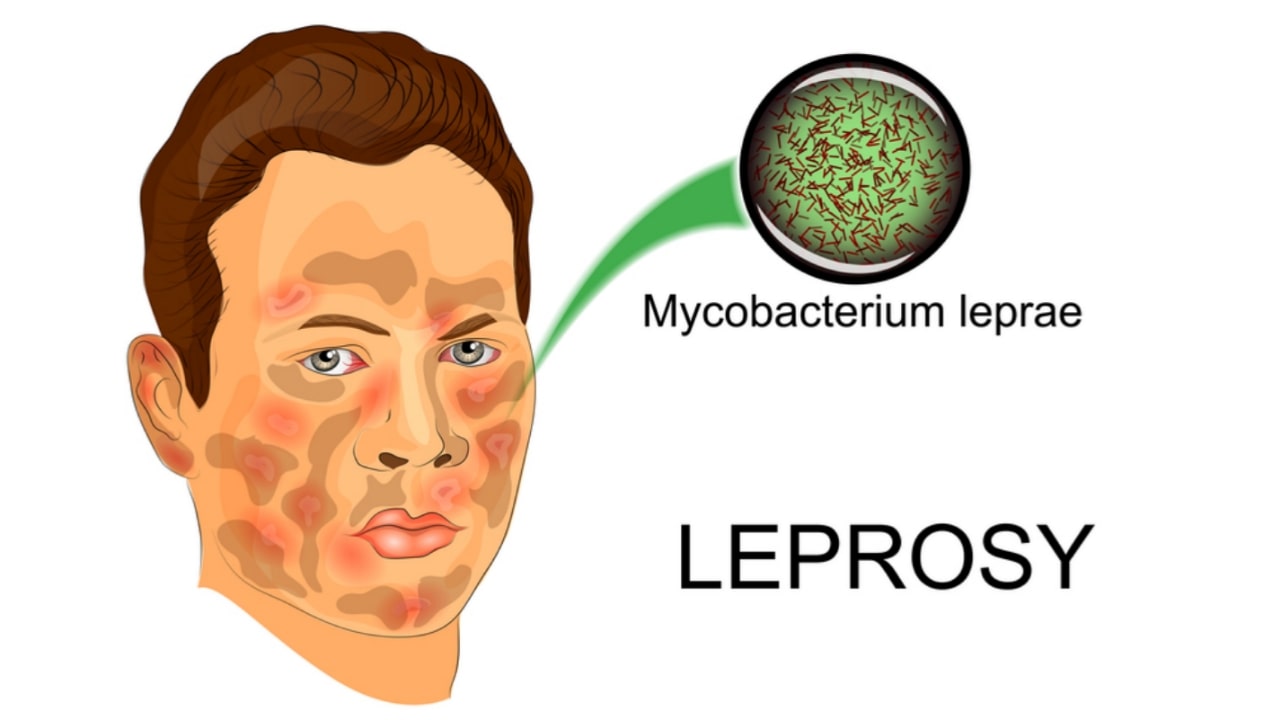National Control Programme for Leprosy and its Functioning: The national leprosy prevention programme of the Ministry of Health and Family Welfare of the Government of India is a centrally funded health scheme.
The national leprosy control programme is headed by the Deputy Health Services Director (Leprosy) under the administrative supervision of the Health Services Directorate-General of the Government of India. The National Leprosy elimination strategies and plans are formulated locally, the policy is enforced by the governments.
The programmes are also supported by the World Health Organization as a partner. In May 1991, the World Health Assembly adopted a resolution to eradicate global leprosy as a public health issue by 2000.
India’s 2002 National Health Policy also set the target of eliminating leprosy in India by the end of 2005. With the active support of the state and committed partners such as; the World Health Organization (WHO), the International Federation of Anti Leprosy Association (ILEP), the Sasakawa Memorial Health Foundation (SMHF) and the Nippon Foundation (TNF), NOVARTIS DANIDADANLEP (1986-2003) and the World Bank (1993-2004), the National Leprosy Elimination Programme (NLEP) took up the challenge.
One of the big health and social issues in the world is leprosy. It is a chronic infectious disease that is transmitted primarily by infected patients. M. Leprae primarily affects the peripheral nerves, the partial or absolute loss of the feeling of the skin in the affected regions, the presence of thickened nerves and the presence of acid-rapid bacilli in the skin or nasal smears.
National Leprosy Programmes
- In 1955, the Government of India launched National Leprosy Control Programme.
- In 1983, the Government of India launched National Leprosy eliminated Programme and introduced multiple Drug Therapy.
- In 1993-2000, World Bank supported National Leprosy Eliminated Programme-1.
- In 2001 to 2004, World Bank supported NLEP-II
- In January 2005, National Leprosy Eliminated Programme continued with the funds provided by Government of India funds and partners.
- Since 1955, the National Leprosy Control has been in service as a centrally assisted programme to achieve leprosy control by early case identification and Diamino Diphenyl Sulphone (DOS) mono-therapy on an ambulatory basis. By 1900, by the year 2000, the Government of India announced its commitment to “eliminate” leprosy and set up a working group to advise accordingly.
- The monitoring programme was redesigned as the National Leprosy Elimination Programme in 1983 to eliminate the disease by the country’s turn.
Objectives of National Leprosy Control Programme
- Normal treatment of cases in a neighbouring village in moderate to low endemic areas/district by offering Multi-Drug Therapy (MDT).
- Proper facilities for surgical recovery and leprosy ulcer therapy.
- Intensified public awareness and health education programmes to eradicate the social stigma attached to the disease.
- Early identification by active monitoring of health workers who are trained.
- To prepare the required manpower to enforce the elimination of the National Leprosy Programme.
- Monitoring and reviewing the National Elimination Programme for Leprosy.
- Providing specialist facilities in the field of leprosy diagnosis, response, relapse and reconstructive surgery.
Outcomes of National Leprosy Control Programme
The National Program for the Elimination of Leprosy has accomplished its main objective of eliminating leprosy as a national public health problem, which was doubtful in the minds of many experts some five years ago. The National Programme has achieved a variety of benefits for patients suffering from leprosy and society during the removal process.
There are a few of these to list:
- Repeated mass campaigns have helped increase public awareness of leprosy, its curability, the availability of medications in health facilities, resulting in an increased number of diagnoses and care self-reports.
- The establishment of a Simplified Information System (SIS) for NLEP suitable for officials of the General Health Service helped to streamline the programme’s data generation, reporting and tracking.
- The Leprosy systems moved from the east to centralized care across the Main Health Services centres while vertically operating the programme. This has improved the service’s accessibility on all working days for people closer to their homes.
- A significant number of General Health Care workers have been educated to make them capable of suspecting leprosy and providing the patient, family and community members with health education.
Make sure you also check our other amazing Article on : HIV and AIDS Control Programme
